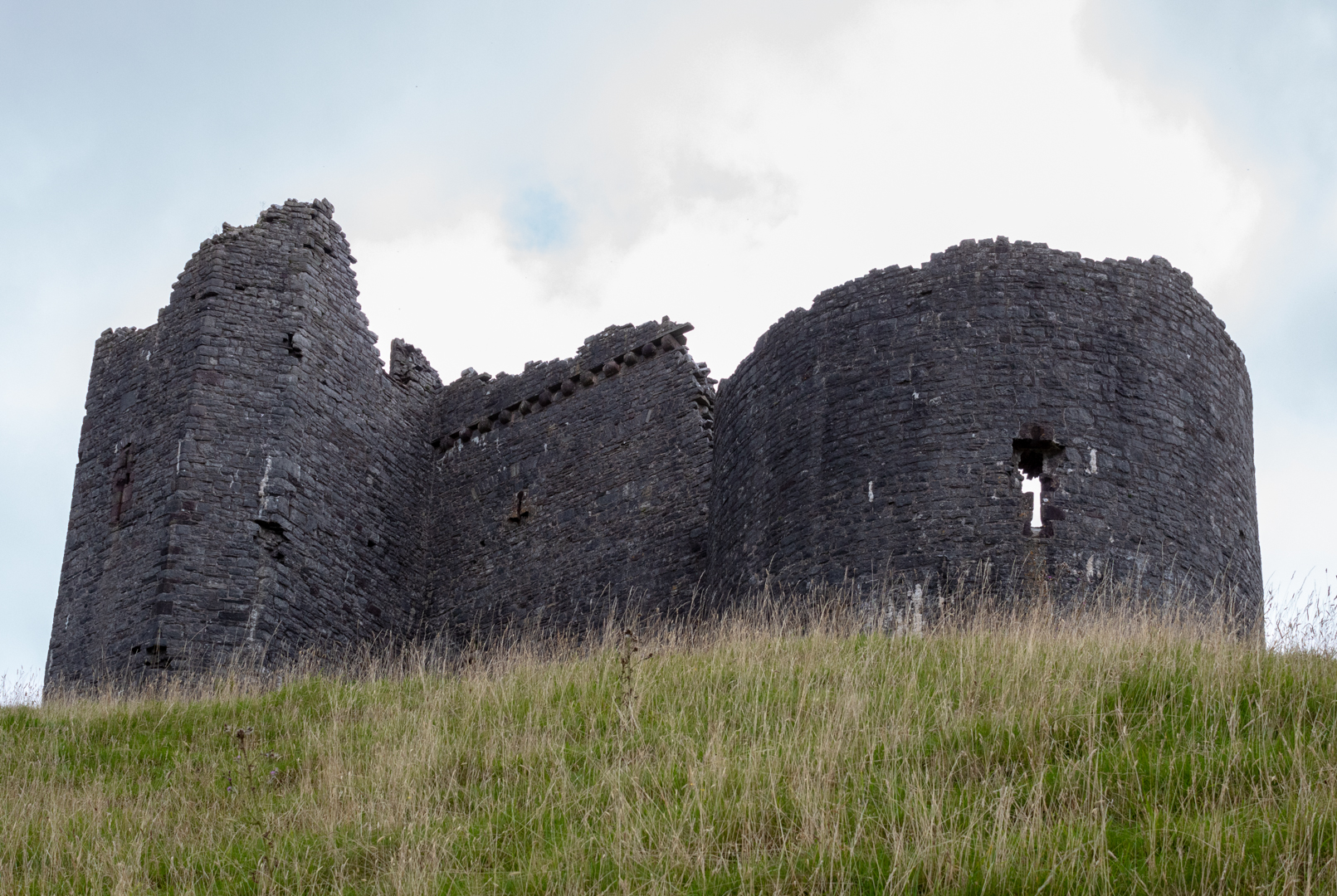Visit Date: September 2021
I visited my local nature reserve again which was prompted by a notice in the local paper of a memorial service that is held every year at 8.20 am on the 26th of August on the anniversary of the time and day when 146 men and boys died when there was an explosion in the coal mine.
I was happy to see that the area has had a facelift and a new memorial bench has been placed in the area.
The carving is of a miner and his "Pit Pony".
It was shining in the warm late summer sunshine and it got me thinking of the area where I grew up not 10 miles from here.
I Digress:-
The area was very much a mining valley and back in the late 60's, it was common to see men in the street with "Blue Scars" where coal dust had gone in beneath their skin and cause scars that looked like tattoos permanently on their face and arms.
But the Pit Pony sculpture reminded me of the stables that were behind the row of our houses and that still housed a number of Ponies and I was told that they were Pit Ponies that I assumed now were there in their retirement. No open field for these old boys, I believe they spent their last years in these stables, as I never saw them outside on a single occasion.
I am not sure when the last ponies would have been used here underground but I would guess, these ponies would have been quite young when retired.
This led me to think of the man who looked after the ponies or horses. His name was David Thomas.
In Wales David is a very common name and anyone called David would be known as "Dai" also it was very common to have this as the first part of your nickname and your job or some other "theme" as the second part, One chap in my street was called "Dai Bad Back", yup you've guessed it for years he could not work because of a bad back (I still can't recall his real surname). We also had an "Alan Potcher" who could turn his hand to any odd job and fix it up or "potch it up". Now I think of it there did seem to be many "Dai's" who had something attached to their name (Or maybe I can recall them easier as I was called "Dai" for the first 25 years of my life)!
For the first few years, I knew him I only knew Mr. David Thomas as "Dai Horse" and everyone knew "Dai Horse".
A few years later Mr Thomas started to look after the deliveries of the local Evening newspaper (The South Wales Echo). The papers would come from Cardiff (about 25 miles away) by train to Bridgend and then by bus up to the valleys. The conductor of the bus would then throw the papers from the bus at the main but stop in the village where "Dai" would be waiting. He would then distribute the papers to houses or local shops where we paperboys would take over and deliver them to the houses.
Of course, this meant that "Dai Horse" soon became known as "Dai Echo"
I remember fondly many people having this type of nickname back then but the strangest one I think I heard was the David who bought the biggest house at the head of the valley which at one time would have been the mine managers house. His nickname? Well "Dai Big House" of course.
Footer:
Visit Information:-
Google Reference
51.539548735113236, -3.618187109403901
Google Search reference: Parc Slip Memorial
What Three Words reference : ///ranks.fixed.rally
The site is easy to find just 15 minutes from M4 motorway at junction 46
The car park //////joystick.plod.painting
Google Maps (51.54538490015156, -3.6143532913911733) is free and there are toilets and a café nearby.




















































